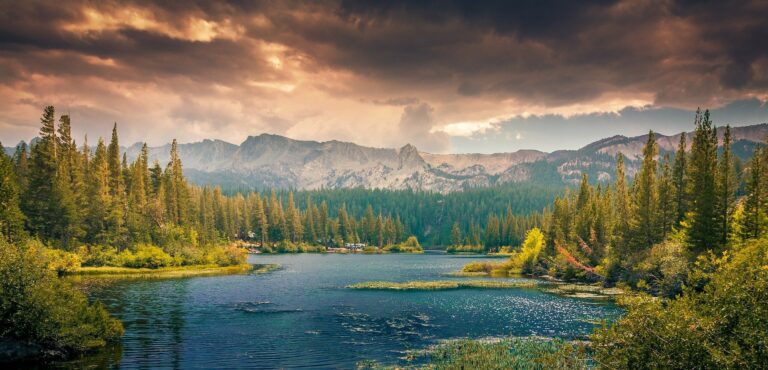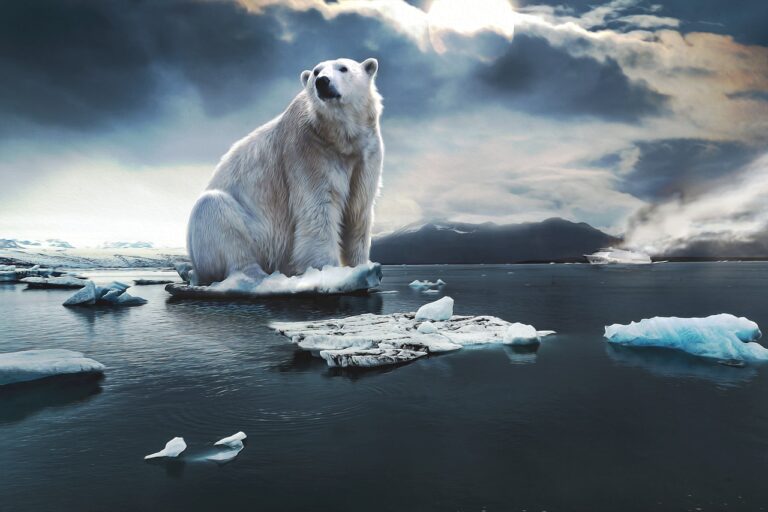climate change

Global warming is accelerating
“Despite La Niña, 2020 was one of the three warmest years on record,” the International Meteorological Organization (IMO) reported. Nine of the 10 warmest years since 1880, the first year for which modern climate data are recorded, have occurred since 2005, a trend that has been particularly pronounced in the past five years.
The last report of the Intergovernmental Panel on Climate Change (IPCC), released in September 2021, shows that the world is now 1 °C warmer than it was a century ago (possible range: 0.8 °C to 1.2°C), and that if growth continues at the current rate, it could reach 1.5°C warmer between 2030 and 2052. In addition, the ice area in the arctic sea shrank from 7.05 million sq km in 1979 to 3.92 million sq km in 2020, and sea level rose from -0.5(±4.0) mm in 1993 to 98(±4.0) mm in 2021.
The cause of climate change
It is currently accepted that global warming (GW) has been caused mainly by human activities, such as greenhouse gas (GHG) emissions, land use, resource extraction and pollution levels, all of which have a major impact on three-quarters of the earth’s land and two-thirds of the oceans.
Carbon neutrality refers to the total amount of GHGs emissions directly or indirectly produced by a country, enterprise, product, activity or individual within a certain period of time. Through afforestation, energy conservation and emission reduction, an entity can offset the GHGs emissions generated by themselves to achieve a positive and negative offset, and achieve relative “zero emissions”.


What is the greenhouse effect?
An increase in average earth temperature is due to an increase of GHGs in the atmosphere (causing the greenhouse effect). The earth’s atmosphere is a mixture of various gases, some of which are referred to as GHGs. These gases allow solar radiation to enter the atmosphere and trap the warmth closer to the surface of the Earth creating the greenhouse effect. An increase in the amount of these gases trapping solar radiation in the atmosphere can cause the overall earth temperature increase.
Without GHGs, our earth would become cold, but also life would not exist. Nevertheless, an excess of GHGs in the atmosphere can cause the surface of the Earth to overheat.
The six GHGs specified in the Kyoto Protocol are: Carbon dioxide (CO₂), methane (CH₄), nitrous oxide (N₂O), hydrofluorocarbons (HFCs), perfluorocarbons (PFCs), and sulphur hexafluoride (SF6). The above gases have different greenhouse characteristics (Global Warming Factor: 1 for CO2, ca 30 for CH4, etc.) and different resilience in atmosphere (e.g. CO2 remans for ca 200 years, CH4 for ca 30 years) and different shares of emissions (e.g. CO2 represents ca 65%, CH4 ca 4%. Considering their GWF and their resilience in atmosphere, CO2 is not the only harmful GHG, but also CH4 should be strictly controlled. These GHGs circulate naturally over the ground and between the air and the sea. Over time, these GHGs have formed a fine balance and in geological cycles their composition in the atmosphere varied due to natural causes, resulting in a cyclical fluctuation of the Earth’s temperature.
Nevertheless, the current average temperature increase, recorded over a relatively short period of time, is not caused by natural effects but by human activities. Until almost one hundred and fifty years ago, when people started burning chemical fuel in the form of fossil fuels, gases that had been out of the natural carbon cycle for hundreds of years were reintroduced to the environment. As these fuels are burned, the amount of carbon dioxide and other heat-trapping GHGs that are entering the atmosphere due to human activity increase, further aggravating the problem of global warming.
The harm of greenhouse effect:
Overall global warming over 1.5 °C would result in uncontrollable effects: record-breaking rainfalls, flooding where hundreds of millions of residents in the coastal cities would lose their homes and even their lives; extreme heat would occur frequently across the world causing soil to dry up and droughts to occur frequently across previously fertile land; wildfires will increase across the globe; unexpected epidemics will break out on a massive scale; overall economic and social systems would be impacted by constant crises and radically changed; biodiversity will shrink and huge variety of animal and vegetal species will be lost for ever.
